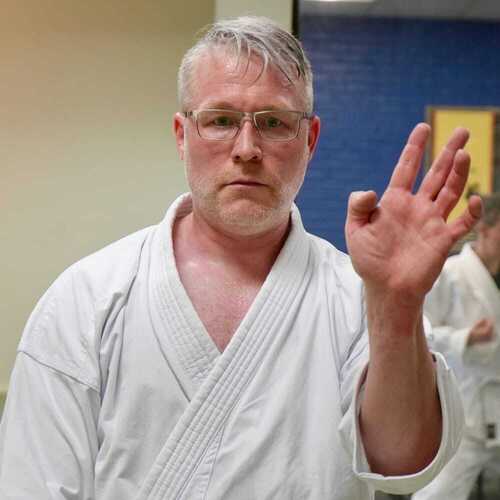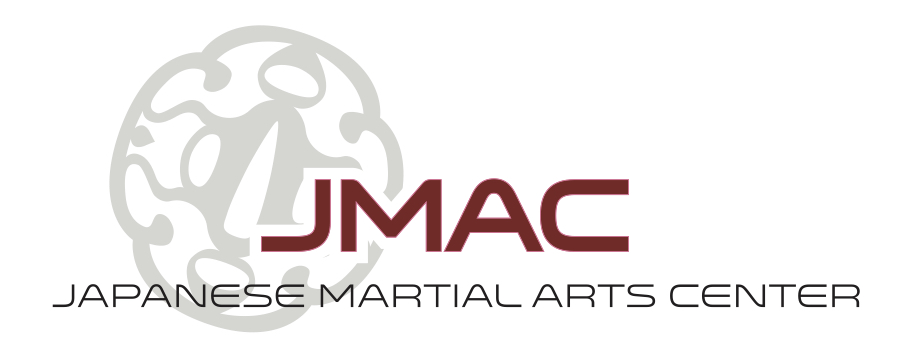I Am JMAC: Matthew

About Matthew
"During the day, I'm the Managing Producer of the Audio Studios at the University of Michigan, as well as a freelance engineer, musician, and artist. I play bass and electric guitar in a few bands and am often on the hunt for a new musical project or collaborator. Outside of music and martial arts, I enjoy cooking, baking, cycling, and reading."
Martial Arts & Athletic Experience
"My initial foray into martial arts was Okinawan Goju Ryu Karate when I was about seven years old. It was a small school in Southern Maine, and it was fairly rigorous, especially for a kid at that age. This particular dojo instilled a fair amount of discipline and subsequent muscle memory. I ended up getting sidetracked by music and being a teenager, although I would often informally train in the summer with my brother, who was training in a Shorin Ryu karate dojo at the time.
Returning to martial arts was always something I intended to do, but a busy work/life schedule, along with the difficulty of finding a dojo with a traditional/classical approach, I put that goal on the back burner for a while. During that time, however, I became an avid cyclist and developed a love-hate relationship with running."
Path to JMAC
"Once I was able to devote the proper amount of time I felt was necessary to begin training again, I visited several dojos to watch classes and get a feel for the school, students, and instructors. Without a doubt, JMAC stood out immediately as a dojo with outstanding instructors and dedicated students.
JMAC has also been a great place to build a new community of friends. Having moved to the area in 2021 with few local connections, I have befriended several JMAC'ers and feel very welcomed into the community."
Personal Challenges & Growth Since Starting Training
"One of the challenges I face with martial arts is simply finding enough time to train at the level I aspire to. Additionally, restarting martial arts in my 40s has been a reminder that I'm not a kid anymore—I often struggle to reconcile what my body is capable of versus what I envision.
Lastly, the biggest challenge is managing the regret of not restarting my practice sooner. However, with the power of perspective and the incredibly positive atmosphere, along with equally inspiring instructors and fellow students, I use each of these challenges as motivation to push beyond my limits and strive to be the best martial artist I can be."
